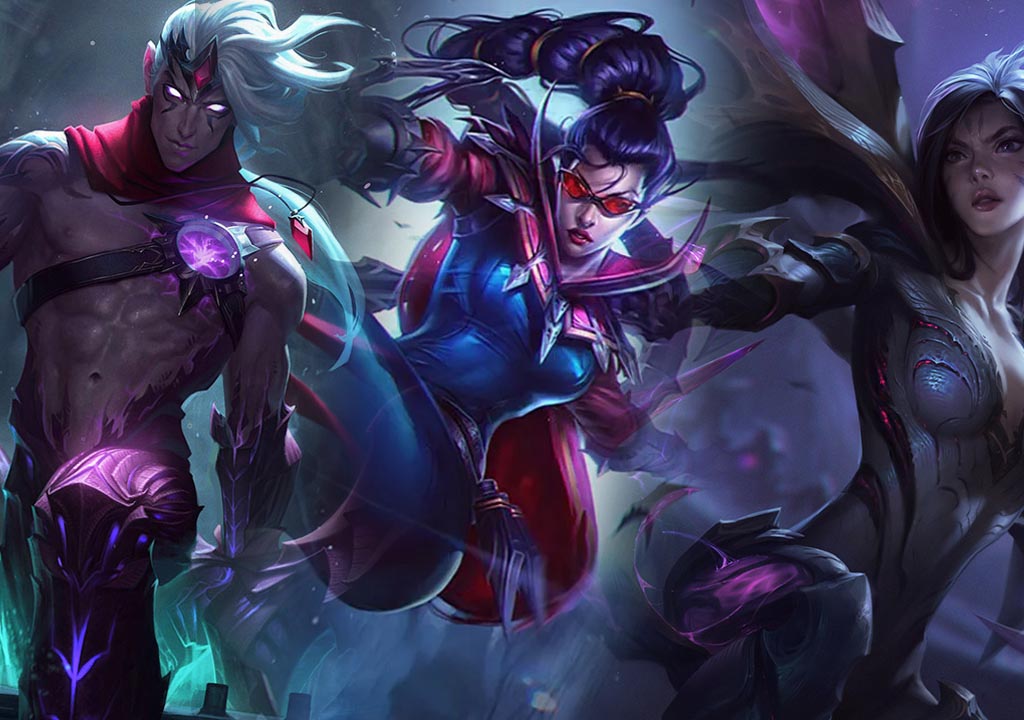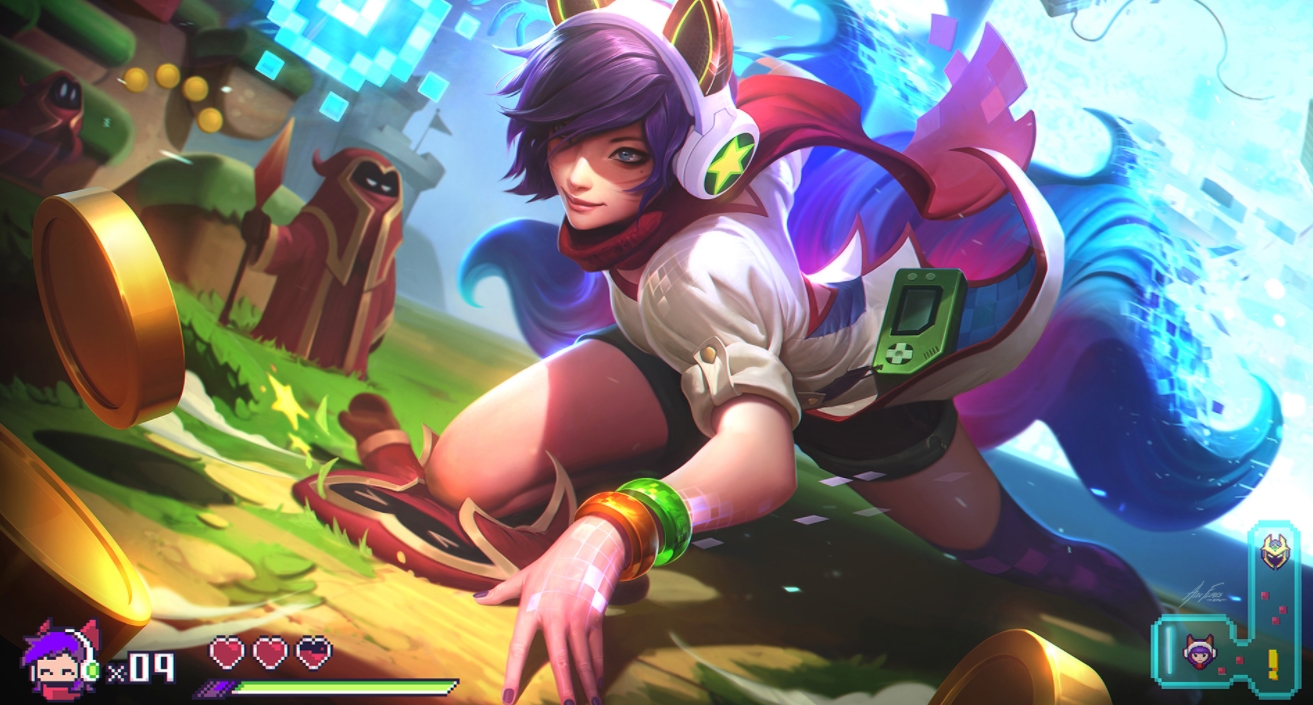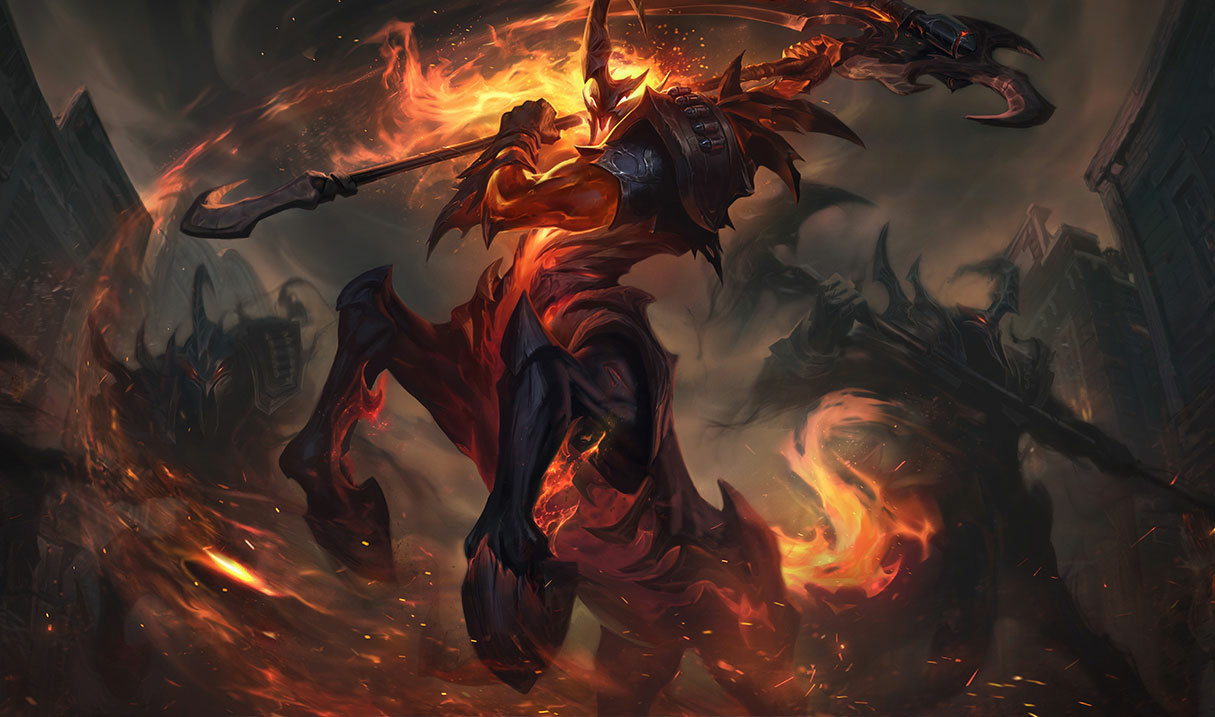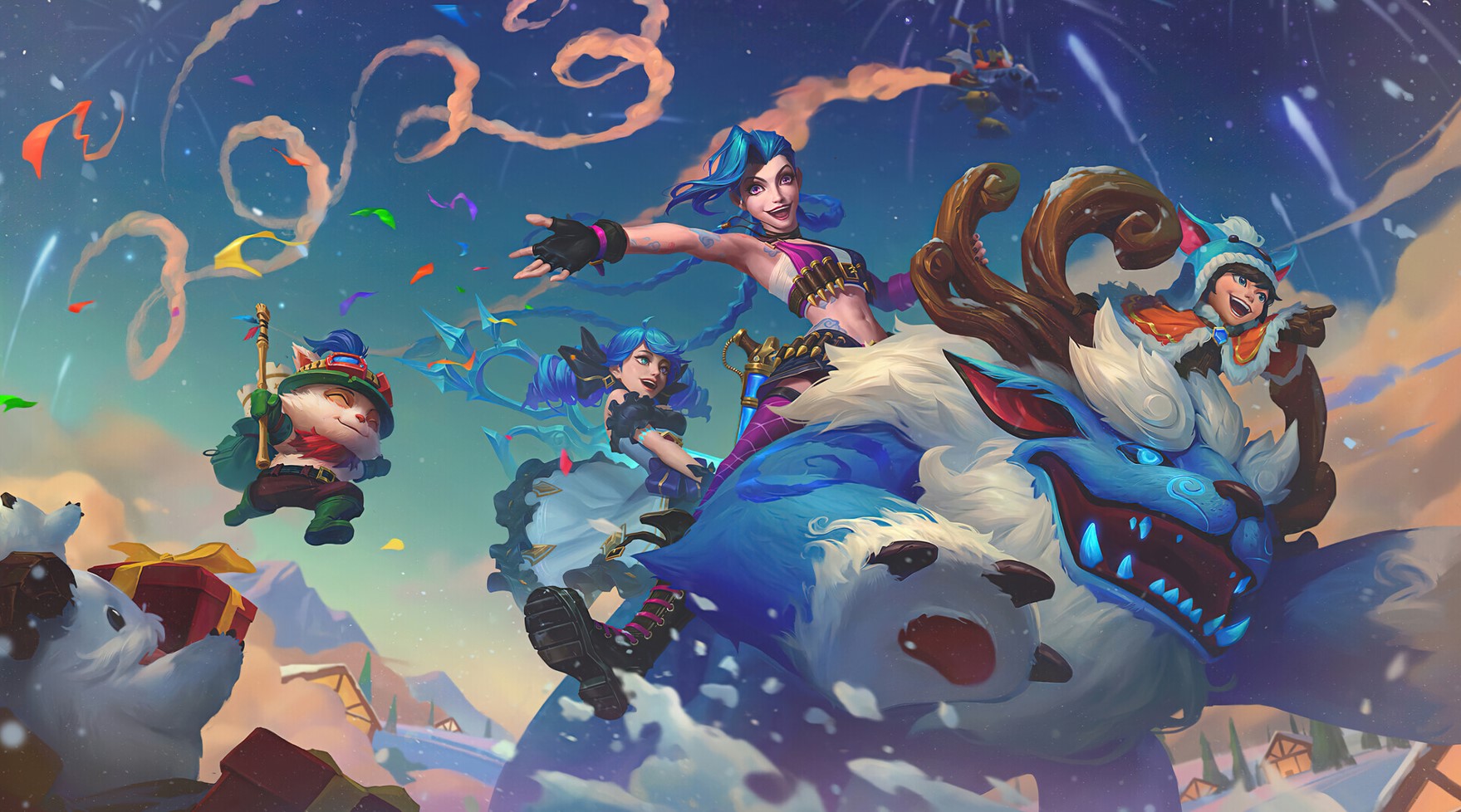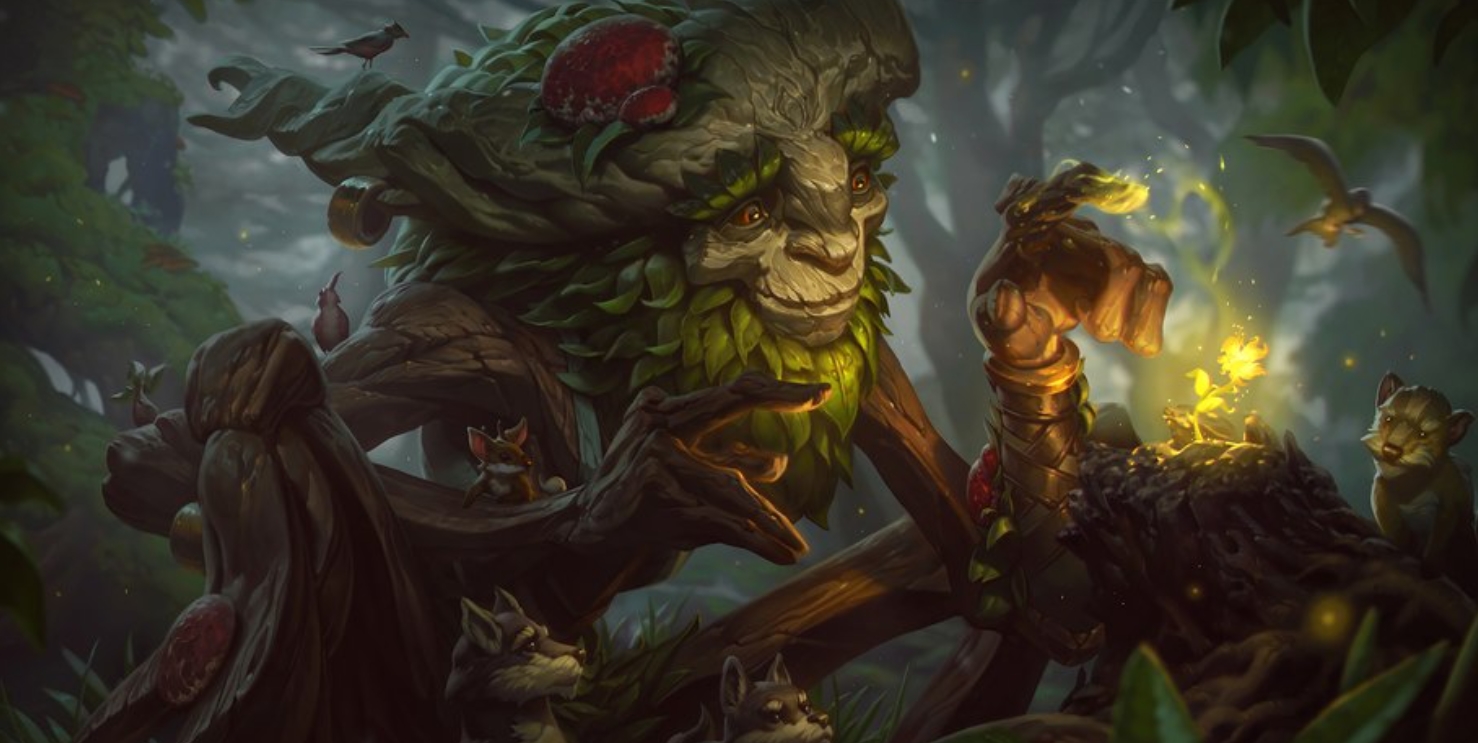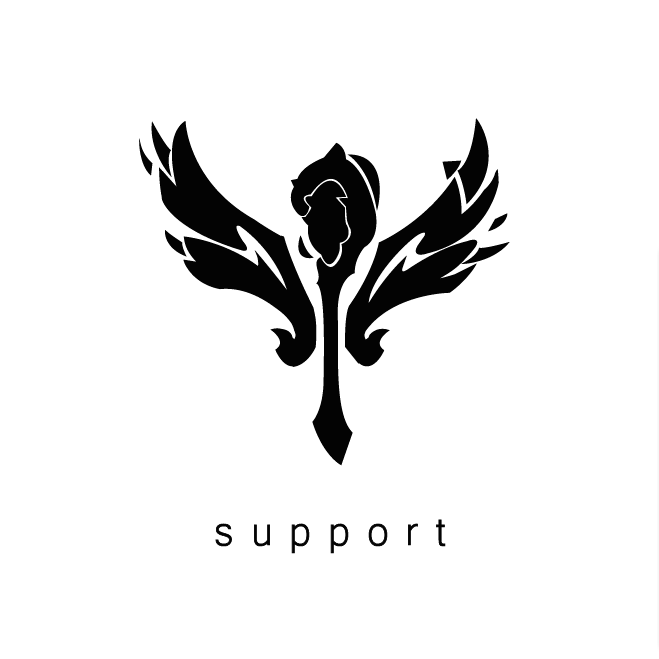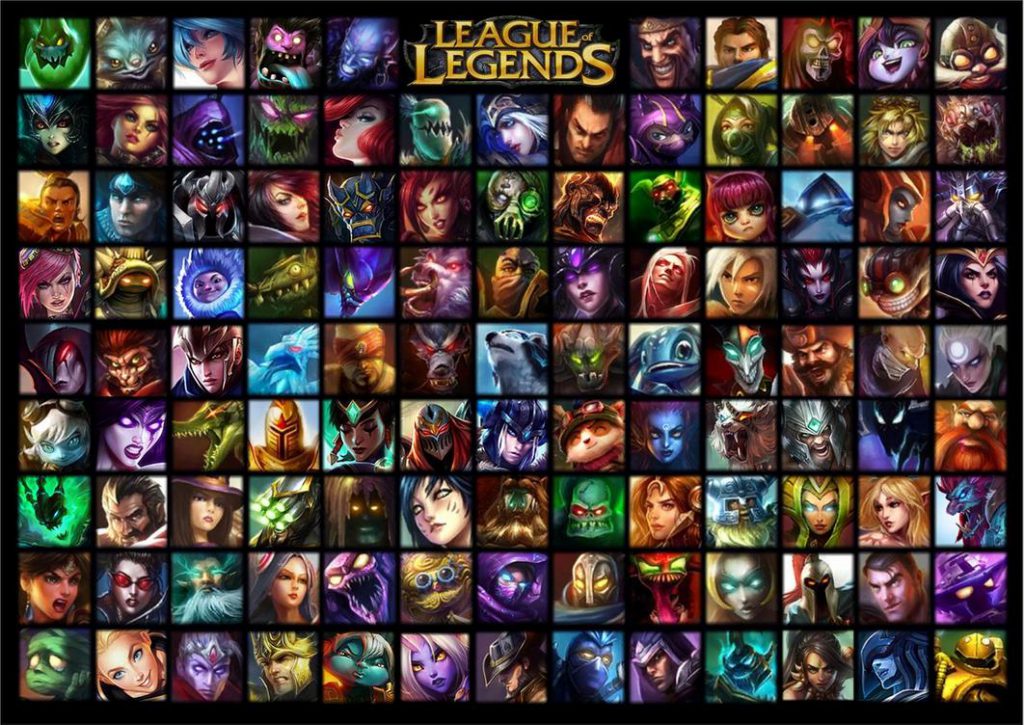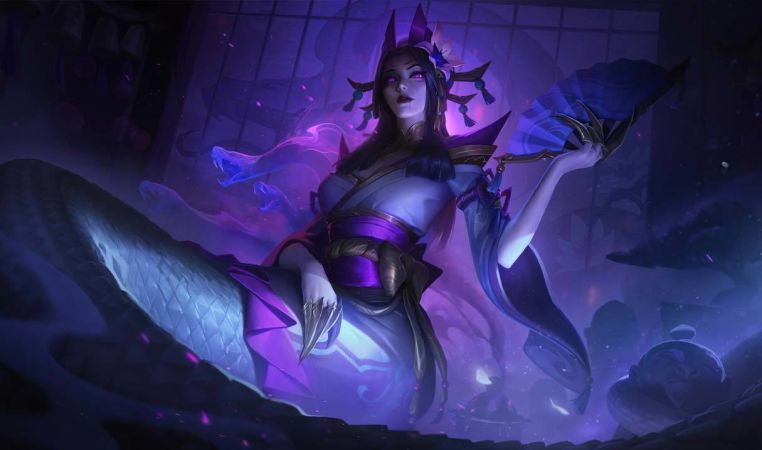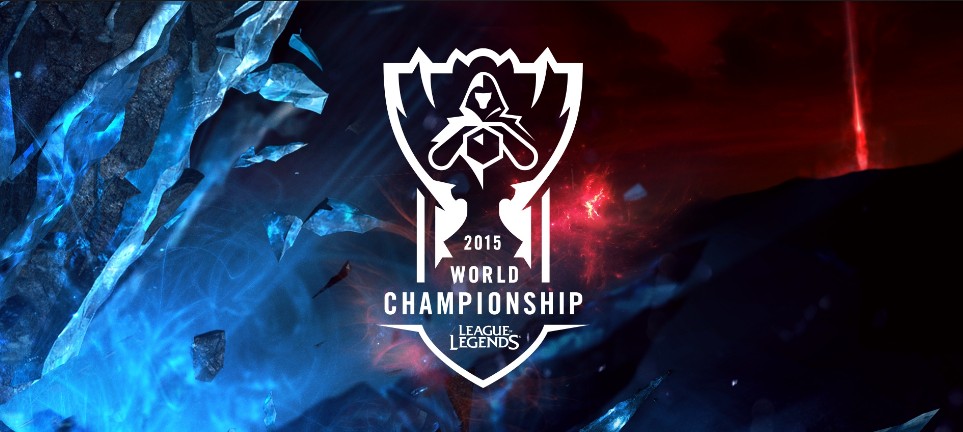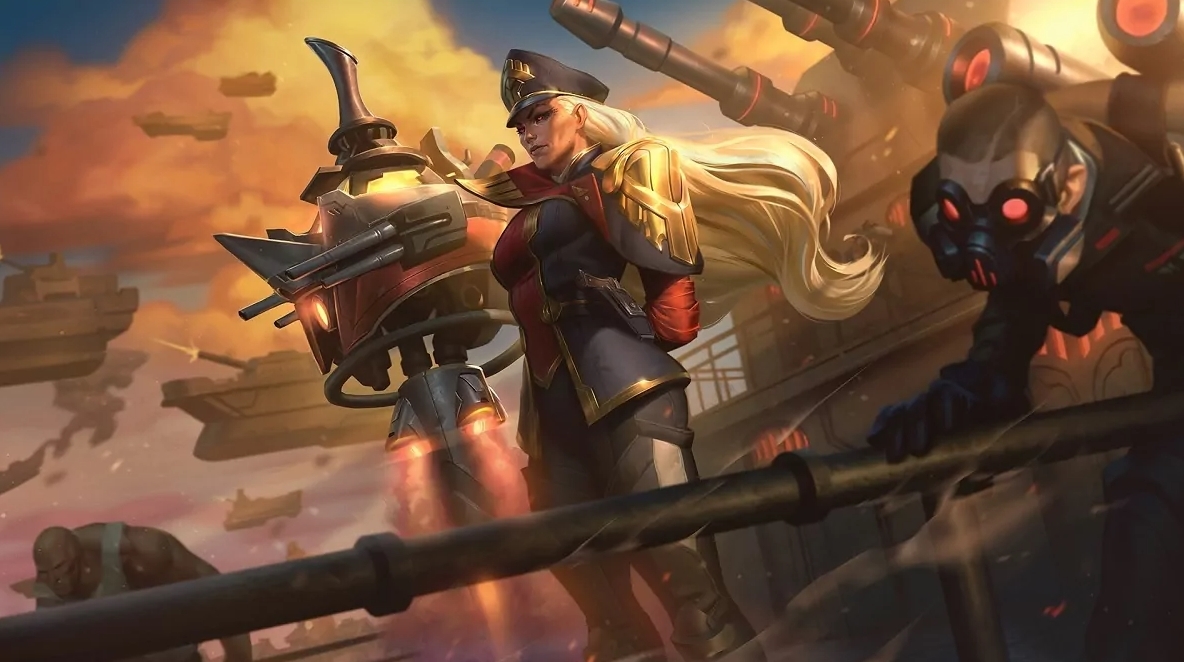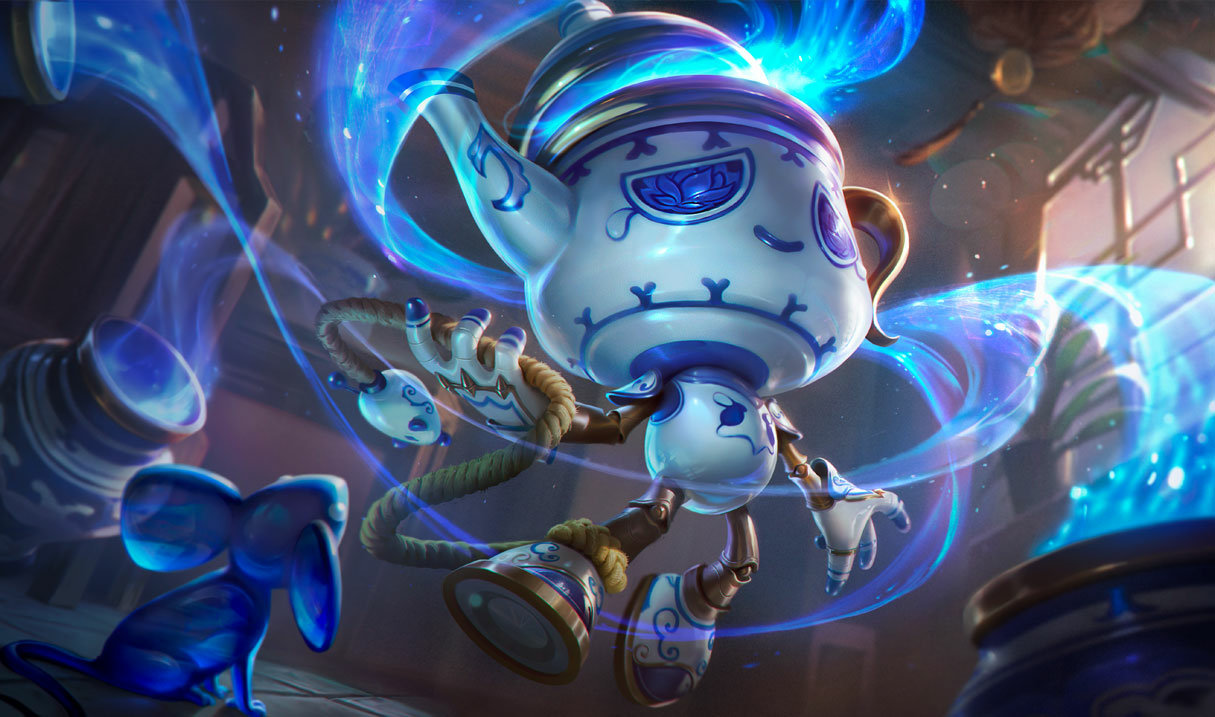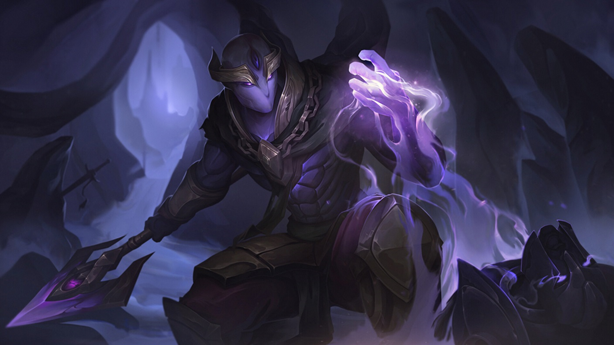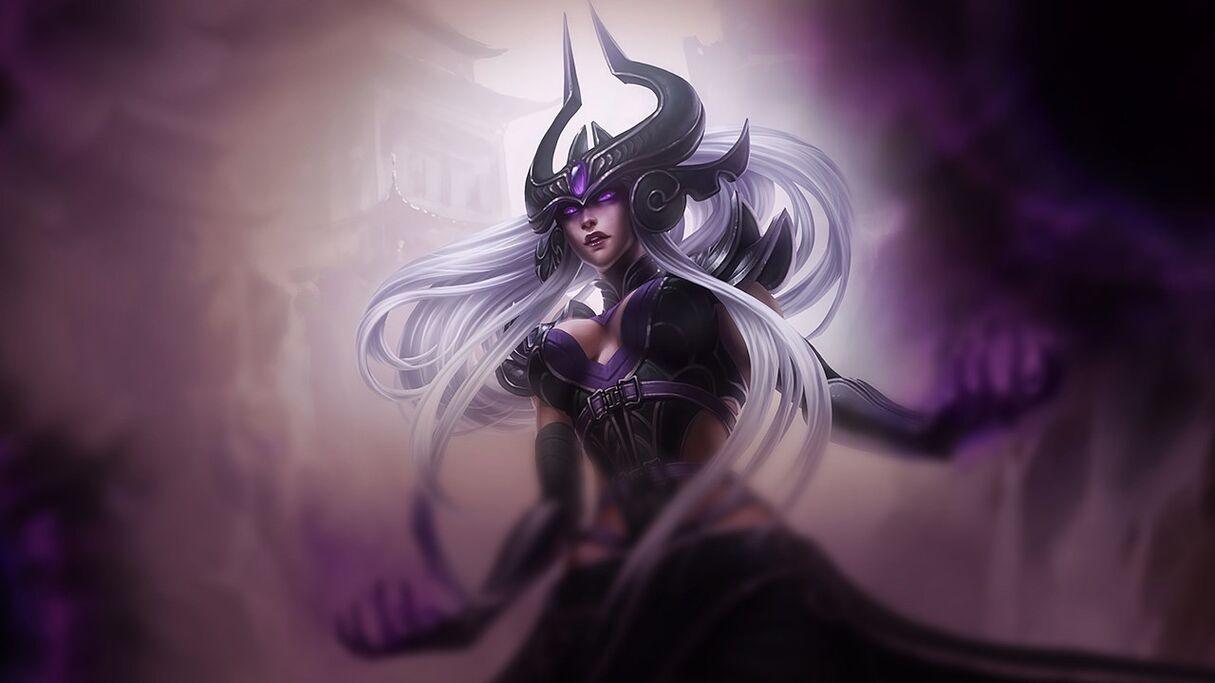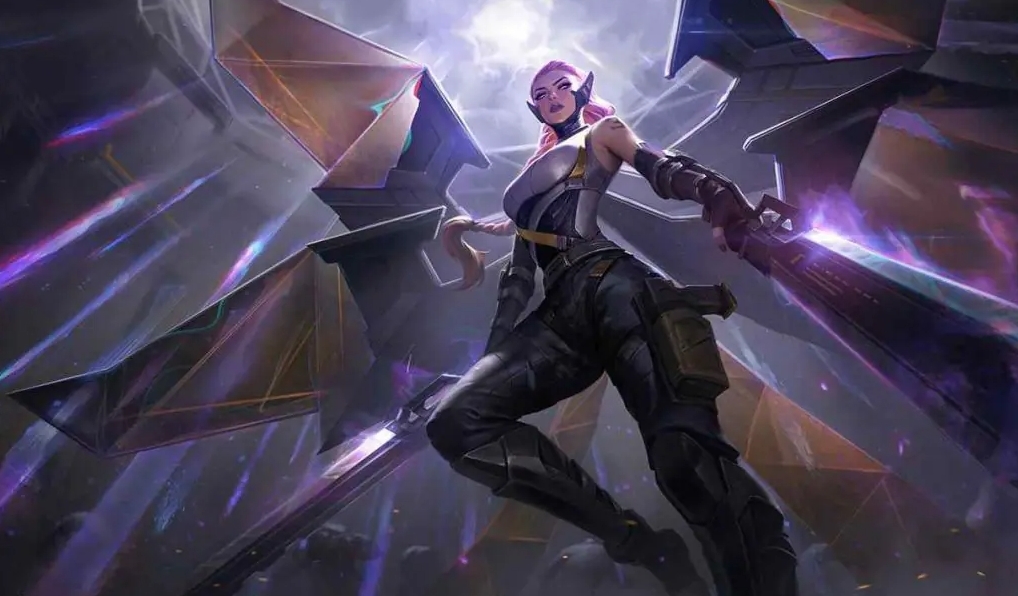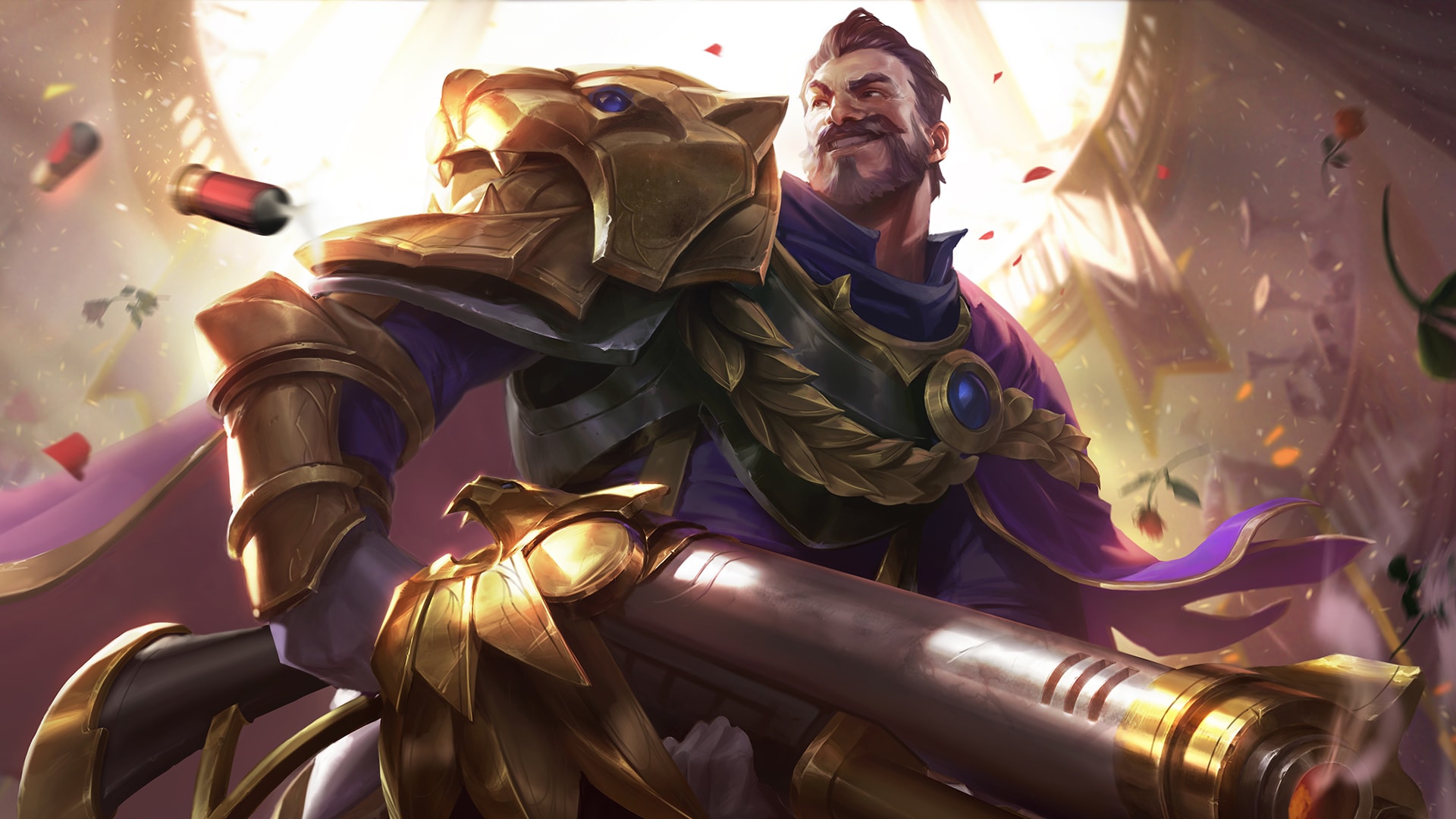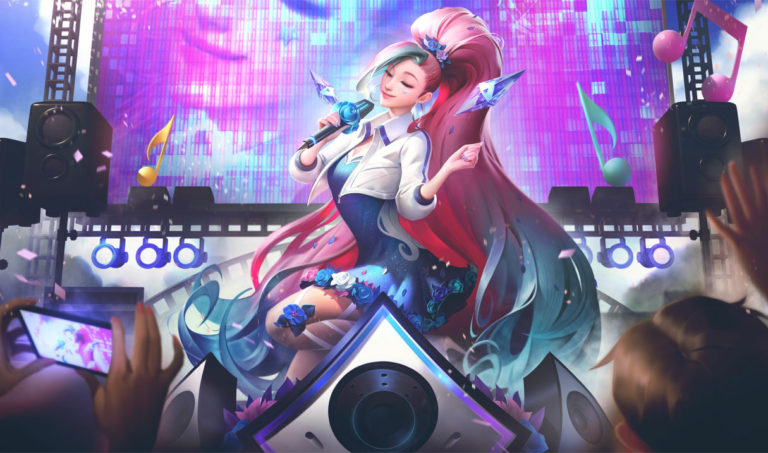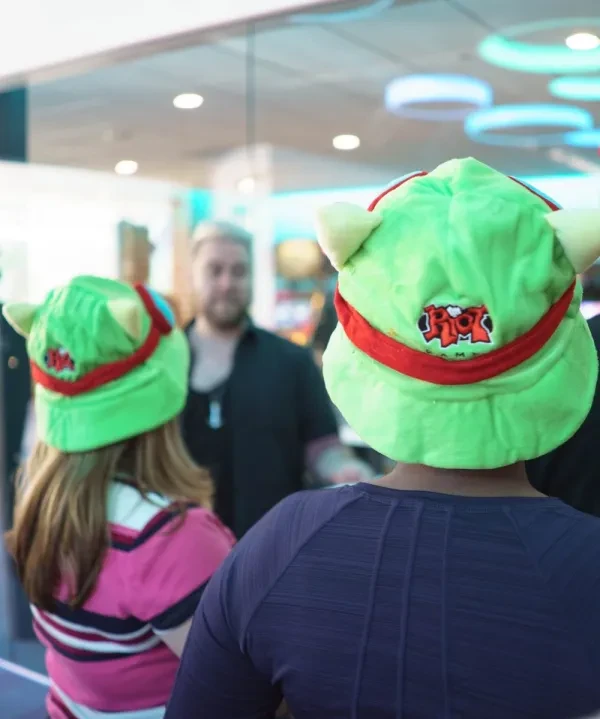
The rags-to-riches story behind one of the most successful gaming companies ever.
Love them or hate them, we’ve all come to know Riot as the company behind League of Legends, one of the most successful PC games ever. But there is a rags-to-riches backstory behind the company that you probably haven’t heard: here are 32 interesting facts chronicling Riot’s rise to the top.
1. Riot Games began as a small, player-focused indie developer in Los Angeles in 2006.
2. Brandon “Ryze” Beck and Marc “Tryndamere” Merrill, the two co-founders of Riot, met at USC where they were both students.
3. They hit it off right away, sharing a passion for MMO games like Starcraft.
4. Their background as gamers allowed them to cater directly to the needs and interests of their target audience and would play a huge role in their rise to the top.
5. From the start, Riot Games knew they would target competitive gamers: “Rather than being Half Life 2, we want to be Counter-Strike,” said co-founder Brandon “Ryze” Beck in a 2008 interview.
6. Remember Heroes of Might & Magic, Dungeon Siege, and Ultima Online? Riot recruited some of their talent to work on their first release, a competitive MOBA game based on DotA.
7. Many old hands from DotA All-Stars would also join the team at Riot, bringing years of necessary experience to the young, up-and-coming company.
8. The two co-founders of Riot decided not to have separate offices in their Los Angeles location—an unusual decision that would pay off in a big way.
9. They wanted to collaborate with their developers and employees instead of taking the cold, distanced approach of big gaming companies.
10. Everything came together in 2008 when Riot unveiled their new game titled League of Legends: Clash of Fates.
11. The game was renamed League of Legends and it was released on schedule in 2009 marking the beginning Riot’s near decade-long run as the most played MOBA game in the world. But they still had a long way to go to reach the top.
12. Riot was one of the first companies to perfect the free-to-play model. They decided they would focus on providing valuable content options for players to attract them to the game.
13. While we all know how successful free-to-play games are now, adopting this strategy was a big risk for the young company and scared off many potential investors. In the end, however, it would pay off in a way even Riot didn’t expect.
14. 2010 was an important year for Riot: they received the prestigious “Best Online Game” award from the Game Developers Conference and were riding high.
15. Two years after the release of their first game, Riot was still a young company, but they had had their first taste of success. In order to continue growing and keep up with an increasingly demanding player base, they knew they would need to partner up with a major industry player.
16. In early 2011 Riot sold a majority stake in the company to the Chinese firm Tencent. This gave them the financial breathing room they needed to take their company even further.
17. The Tencent Deal was also an important part of their expansion strategy: it gave Riot a foothold in the largest Eastern economy—China.
18. At the same time, professional esports had emerged from Korea and were reaching a new height of popularity and recognition all over the world. Riot knew that to cater to its competitive player base, they would have to create an esports ecosystem around League of Legends.
19. They decided to take a new approach to esports that no company had attempted before. Instead of using a third-party promoter, they build their own competition from the ground up.
20. Riot organized the first League of Legends world championship to promote their game and their company.
21. They wanted a sponsor for the tournament that would show they were a serious player in the emerging esports scene. It is no surprise that they selected gaming heavyweight Alienware.
22. The 2011 world championship was held in Jönköping, Sweden and had a prize pool of almost $100,000—pretty small by today’s standards but a big deal almost a decade ago.
23. If you were following the esports scene back then, you might remember Fnatic’s dramatic game-3 win over AAA. The game made headlines and put Riot’s name in the world spotlight.
24. Riot had earned their spot as a pillar of the esports industry. But, despite the tournament’s success and their growing list of achievements, they still wanted more.
25. Between 2011 and 2014 Riot grew League of Legends into the most-played MMO game in the world. They opened new servers around the globe and continued to aggressively acquire new players.
26. They also kept working on their esports environment, increasing the prize pool for the League of Legends World Championships and developing other, smaller tournaments and leagues to draw on a deeper talent pool and engage amateur players.
27. Riot added another trophy to their case in 2014, winning the Game Developer’s Choice Pioneer Award.
28. The Pioneer award recognized Riot’s undeniable role in creating a new paradigm of MMOs: this small, LA-based indie developer had come out of nowhere to revolutionize the gaming industry.
29. From 2014 onward Riot has continued to grow and focus on the development of their cash cow League of Legends. They have expanded their business as well, hiring a massive number of new employees to keep up with their growth.
30. But, as you may have experienced firsthand, the last year or so has been lukewarm for Riot’s League of Legends. However, while new player acquisition and retention have leveled off, Riot Games is far from complacent.
31. The company is always looking for new ways to expand, and rumors have surfaced that they could be working on another big project.
32. Radiant Games, creator of the game Rising Thunder, was acquired by Riot in 2016. The reasons for Riot’s interest in the small company are still unknown.
What does the future hold for Riot Games? No one can be sure. But their unlikely journey to the top of the gaming industry has carved out their place in the history of MMO games—and if it’s any indicator of their ability to produce top-notch gameplay, me might have a lot to look forward to in the near future.
You may also be interested in:

